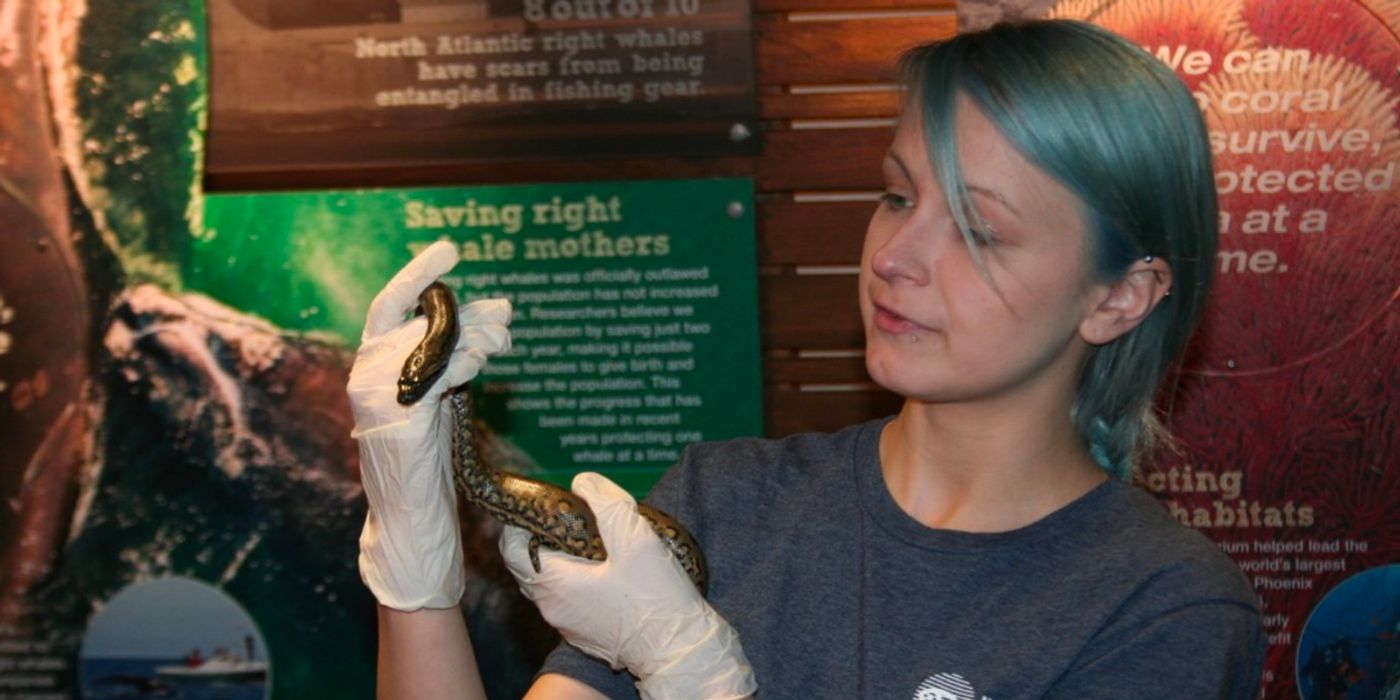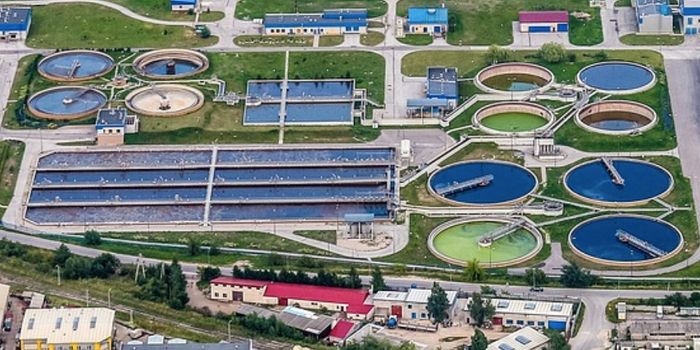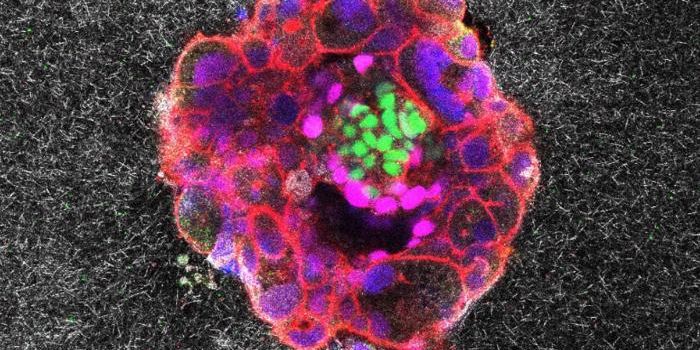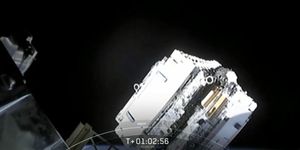Captive Anaconda Exhibits Rare 'Virgin Birth'
Animal caretakers at the New England Aquarium were in for quite the surprise this past Winter after discovering that an eight-year-old female anaconda named Anna from their Amazon rainforest exhibit had given birth to a pair of younglings despite having no contact with male snakes.
Image Credit: New England Museum
While it might seem impossible at first glance, there’s a logical explanation regarding why this happened. In a statement issued by the New England Aquarium, we learn that Anna had exhibited a particularly rare reproductive process known as parthenogenesis, which is when replication transpires in a female organism without any intervention from a male.
Parthenogenesis quite literally translates to ‘virgin birth,’ and it happens somewhat frequently in insects and plants. On the other hand, parthenogenesis is mind-bogglingly rare in vertebrates; in fact, this is only the second known instance of a female anaconda displaying this method of reproduction.
Related: A snake that became another snake's lunch turned out to be an entirely new species
The minds of wary folk are probably racing with alternative explanations for the unexpected birth, such as the notion that a male might’ve slithered into Anna’s cage while no one was looking or that Anna was carrying some sort of delayed embryo before being taken captive, but you can rest assured, as neither circumstance was the case.
Not only is the New England Aquarium’s rainforest exhibit a female-only exhibit, but DNA testing on the newborns has confirmed that there was no male involvement in their conception and that they’re clones of the mother. The findings put all conspiracy theories to rest and validate that this was indeed a genuine instance of parthenogenesis in an anaconda.
Anacondas don’t lay eggs like most snakes; instead, they give birth to live young. When Anna conceived her babies, many were stillborn. Three of those survived the delivery, but one later died, resulting in the two that still exist today. Notably, anaconda mothers often snack on stillbirths such that their nutrients don’t go to waste.
Although parthenogenesis is somewhat rare in vertebrates, scientists have documented the process in other vertebrates besides anacondas before, such as birds, lizards, and sharks. But as you might come to expect, the process is equally as rare in those species as it is in anacondas.
Related: Blue coral snake venom is unlike the venom from any other snake
Anna’s clones are not yet on display to the public, but the staff interacts with them frequently to help get them used to being around people. After the team gets confident with the newborns, aquarium visitors will be able to see them on display.
Source: New England Aquarium









